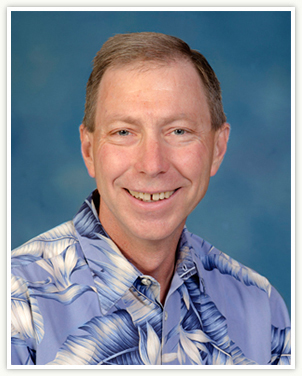Welcome to the LPL Newsletter!
Welcome to the LPL newsletter for Fall of 2015. This fall has been dominated by news of Mars. The most exciting is further evidence for liquid water present at the surface of Mars, based on the “Recurring Slope Lineae” detected by HiRISE. These were originally seen by Lujendra Ojha when he was an undergraduate working with Alfred McEwen and the HiRISE team. Lujendra continued to study these intriguing features when he went to graduate school at Georgia Tech. In a paper published this fall, he and Alfred (and others) showed that these features are associated with the presence of salts, suggesting that they do indeed represent salty water flowing across the surface of Mars.
A broader spectrum of Mars studies here was highlighted when the blockbuster movie “The Martian,” about a stranded astronaut trying to survive on Mars, came out a week later. Alfred McEwen was interviewed several times about HiRISE, Peter Smith was interviewed about the Imager for Mars Pathfinder (IMP) that he built at LPL in the 1990s (and which is a key part of the movie), and there were stories about UA’s lunar and martian greenhouse project, a part of Arizona Space Grant Consortium (headquartered at LPL).
In the middle of the summer, of course, the hot topic was Pluto, and as a member of the New Horizons mission science team, LPL’s Veronica Bray was the face of the mission for a lot of the Southern Arizona public. Although it’s not in the press releases, we noticed that the mission’s surface composition team was led by LPL alum Will Grundy and that another LPL alum, John Spencer, was deputy lead for both the encounter planning team and the geology and geophysics team.
And we’re now less than a year away from the launch of the OSIRIS-REx asteroid sample return mission, headed by LPL’s Dante Lauretta.
But while missions and movies are exciting, there is also exciting science going on every day, often without headlines. We feature some of them, but we could never capture them all. We also have been working on helping the public understand our science, with events ranging from fairly traditional things like our Summer Science Saturday activities (which was again a big hit with Tucsonans this July), to less standard events such as the graduate students’ spectacularly successful Art of Planetary Science show and even a joint event celebrating the UA Moon Tree, co-sponsored with the UA Poetry Center and the UA Arboretum.
What really makes LPL work, of course, is the people, and we’ve included some information about some of them here. There’s information about new graduate students, but also about a couple of alumni who have returned as Research Scientists (Ellen Howell and Mike Nolan).
I hope you enjoy reading about what’s going on in the LPL family, and please keep us up to date on what’s happening in your life and career.

Timothy D. Swindle, Ph.D.
Department Head and Laboratory Director

